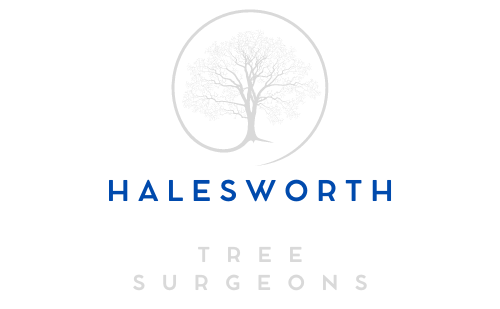Reshaping Trees in Suburban Settings: Practical Tips for Homeowners
Introduction: Trees are a valuable asset to any suburban landscape, offering shade, beauty, and a connection to nature. However, trees may require reshaping as they grow and mature to maintain their health, aesthetics, and safety. In this blog post, Halesworth Tree Surgeons provides practical tips for homeowners to reshape trees in suburban settings effectively.
Understand Why Reshaping is Necessary
- Before you start reshaping your trees, it’s crucial to understand the reasons behind it. Common reasons for reshaping include:
- Removing dead or diseased branches for tree health.
- Improving tree structure and stability.
- Enhancing the tree’s appearance and overall curb appeal.
- Preventing potential hazards, such as branches overhanging buildings or pathways.
Identify the Right Time for Reshaping
- The best time to reshape trees can vary depending on the species, but generally, late winter or early spring, before new growth starts, is an ideal time. However, safety-related pruning can be done at any time of the year.
Safety First
- When working on tree reshaping, safety should be your top priority. If the tree is large or requires extensive pruning, consider hiring a professional tree surgeon to ensure the job is done safely and correctly.
Assess the Tree’s Health
- Before starting any reshaping, assess the overall health of the tree. Look for signs of disease, pest infestations, or structural issues. Address any health concerns before proceeding with reshaping.
Plan Your Pruning Goals
- Determine your pruning goals before you start cutting. Are you looking to remove deadwood, thin the canopy, or reduce the tree’s height and spread? Clear goals will help you make informed decisions during the reshaping process.
Use Proper Pruning Techniques
- When pruning, follow proper techniques to minimise stress on the tree and promote healthy growth. Key techniques include:
- Make clean cuts outside the branch collar (the swollen area where the branch meets the trunk).
- Avoid leaving stubs, as they can invite disease and decay.
- Prune branches at a slight angle to promote healing.
Consider the Tree’s Natural Shape
- Try to maintain the tree’s natural shape and aesthetics when reshaping. Over-pruning or drastic alterations can stress the tree and negatively impact its appearance.
Dispose of Pruned Material Properly
- Dispose of pruned branches and debris responsibly. Depending on your location, you may have options for composting, mulching or arranging for tree waste removal.
Regular Maintenance
- After reshaping, continue to monitor your tree’s health and growth. Regular maintenance, including occasional pruning, will keep your tree in good condition.
Consult a Professional
- Consider consulting a certified arborist or tree surgeon for larger or more complex reshaping projects. They have the expertise and equipment to handle challenging tree-reshaping tasks safely and effectively.
Conclusion: Reshaping trees in suburban settings requires careful planning and attention to detail. By following these practical tips, homeowners can maintain healthy, beautiful, and safe trees that enhance the appeal of their suburban landscapes whether addressing tree health issues, improving aesthetics, or ensuring safety, responsible tree reshaping is an investment in the long-term well-being of your trees and property.
Call us on: 01508 505 537
Click here to find out more about Halesworth Tree Surgeons
Click here to complete our contact form and see how we can help with your tree’s needs.

